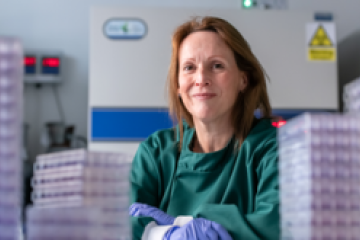Project grant
Developing an in vitro approach to study transmission of respiratory viruses

At a glance
Completed
Award date
February 2013 - January 2016
Grant amount
£399,896
Principal investigator
Professor Wendy Barclay
Institute
Imperial College London
R
- Reduction
- Replacement
Read the abstract
View the grant profile on GtR
